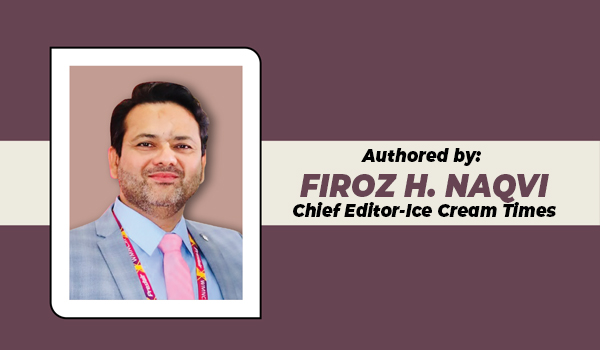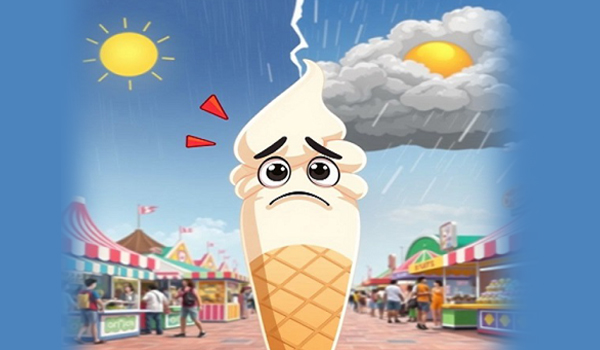
The Indian ice cream market has faced a challenging and unexpected season in the first half of summer 2025. Few could have predicted that this summer would be marked by one of the coldest starts in decades.
The monsoon arrived early, with Kerala experiencing rains ahead of schedule, while Mumbai saw its own share of downpours in May. North India was not spared either, with frequent showers tempering what would typically be hot summer days.
In Eastern India, torrential rains and floods in Northeast India further complicated the landscape. Despite these weather-related challenges, there remains a glimmer of hope as June and July approach, promising warmer days in Northern India.
Amidst this backdrop, the ice cream industry has never been more prepared. With over 200 viable brands competing for consumer attention, the market is bustling with activity. Traditional giants such as Arun, Vadilal, Havmor, and Amul have made significant investments in promotions and marketing, leaving no stone unturned in their efforts to engage consumers.
This year, many brands, including Dinshaw, Kwality Walls, Scoops, and Dairy Day Classic, have refreshed their looks and expanded their portfolios with exciting new flavours and innovative packaging. The influx of capital from fund managers into companies like Dairy Day Classic and Hangyo has energized the market, leading to robust investments in brand recognition and the launch of new product ranges. Brands like Huber & Holly and Baskin Robbins have embraced this opportunity, showcasing unique and premium offerings that attract a diverse consumer base.
This renewed focus on innovation is evident across the country, with Eastern Indian brands like Rollick and Frostee, as well as Western Indian players like Sheetal, HOCCO, The Ice Cream Library, and Naturals, successfully introducing new flavours that resonate with local tastes. In the South, the emergence of regional and city-based brands has further enriched the market, while parlour-centric brands such as Cream Stone, Naturals, and Giani are expected to play pivotal roles in revitalizing consumer interest as warmer weather arrives.
Despite the current flattening of growth, which is projected to be around 10-12 percent by the year’s end, the industry demonstrates a remarkable resilience and adaptability.
In conclusion, while the weather has tested the ice cream market in the first half of summer 2025, the industry’s proactive measures and innovations signal a readiness for the future. As expectations for warmer days in Northern India rise, the collective efforts of various brands to enhance their visibility and engage consumers bode well for the remainder of the year. The ice cream industry stands poised to navigate these challenges, with growth remaining an inevitable outcome as it continues to adapt and thrive in a changing landscape.


